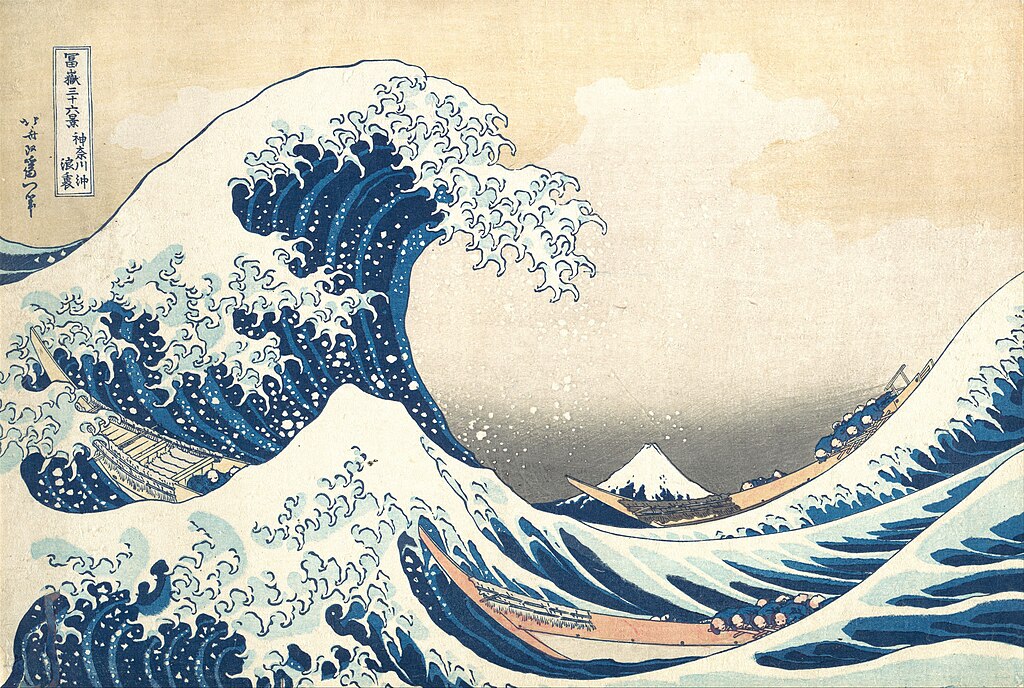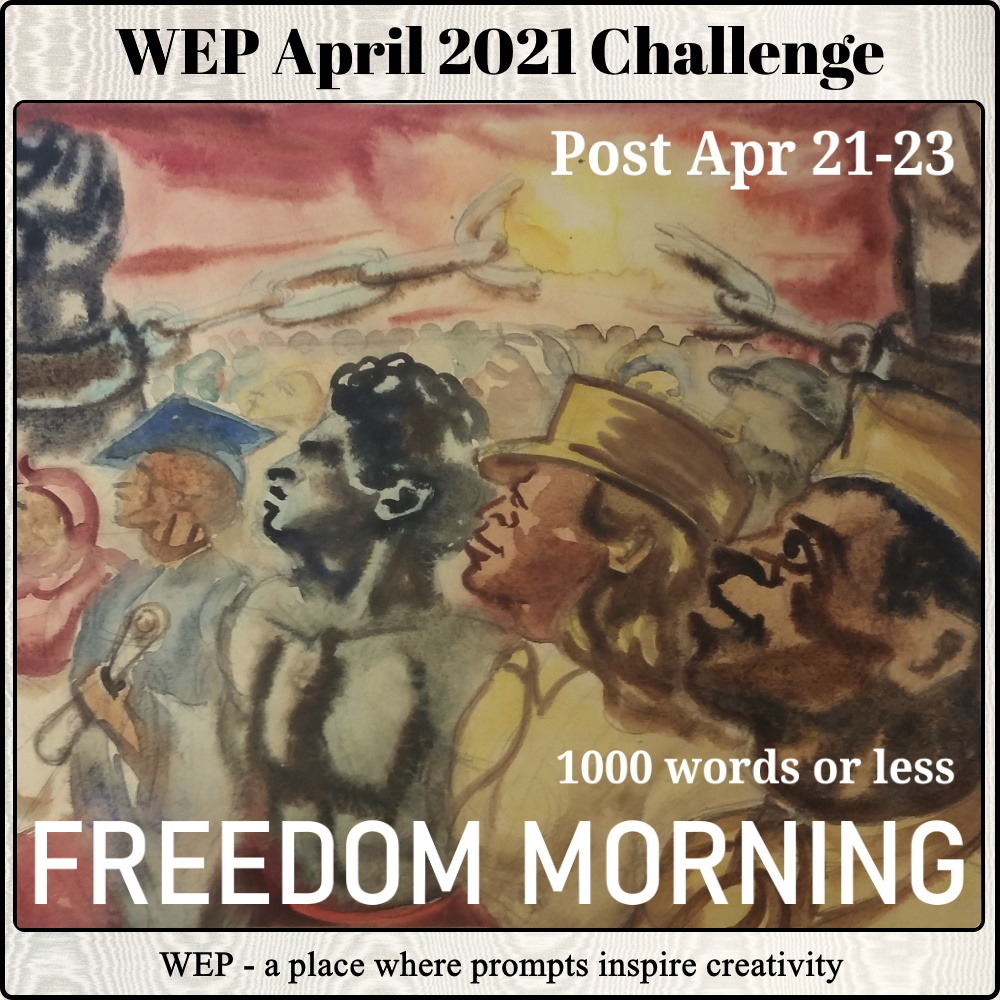As COVID-19 invaded India, the entire media coverage was diverted towards the horror of the pandemic. In the midst of global tragedy, the agricultural reforms act came into effect. The debate hungry populace embarrass the left, the right and the centre of the new law. It appeared that 2019 amendments of the CItizenship Act, 1955 was just passé.
However, citizenship of India will remain a matter of concern for all the citizens till India stands as a sovereign nation. Therefore, debate over the latest amendments of the Citizenship Act, 1955 is still pertinent to the nation.
This argument can be substantiated in the latest outbursts of protests against CAA in Assam. Current debate is about breach of Assam Accord by CAA, 2019.
Assam Accord is Section 6A of the Citizenship Act, 1955 as amended in 1985 [by Act 65 of 1985, s.2, with effect from December 7, 1985].
It has three landmark years in its definitions of different sections. These are 1964, 1966 and 1971.
What does each of these years mean?
1964 is the year of the Constituting Foreigners’ Tribunal. It was the first step towards separating illegal immigrants in the entire territory of India.
1966 is important year because January 1, 1966 was marked as the starting date for persons entering Assam from [specified territory]* whose name was to be deleted from subsequent electoral rolls (voters’ list) as mentioned in Subsection (3) of Section 6A of the Citizenship Act, 1955 as amended.
1971 is important as Midnight of March 24, 1971 was marked to be the end date of entry of persons from [specified territory]* whose name was to be deleted from subsequent electoral rolls (voters’ list) as referred in preceding paragraph.
* As mentioned in Assam Accord, [specified territory] is probably the areas belonging to Pakistan till 1971 and then to Bangladesh. This has not been explained in the Citizenship Act, 1955 as amended till now.
As soon as, a person is detected to be a foreigner by definition of entry to India from [specified territory]* between January 1, 1966 and March 25, 1971 such a person would be removed from the electoral roll though such person can keep their Indian passport.
Moreover, March 25, 1971 is the latest date of publication of the electoral roll to be compiled into the Legacy Data prepared for the National Register of Citizens in Assam.
This appears to be discordant with the Assam Accord. Assam Accord declined to include people in electoral rolls who entered from the [specified territory]* into India in between January 1, 1966 and March 25, 1971 as soon as these people are identified to be foreigners with Indian Passport. Moreover, the Assam Accord attempted to put an embargo of ten years on these people becoming citizens and subsequently voters in India.
Preparation of Legacy data with electoral rolls published before March 25, 1971 was governed by the RULE 4A & SCHEDULE OF CITIZENSHIP RULES 2003 (As amended by 1. G. S. R. 803(E), dated 9th November, 2009 (with effect from 9/11/2009.) This rule unambiguously declared to exclude all persons identified to be foreigners by provisions of Assam Accord to be excluded from the Legacy Data [Rule 3(2) under Schedule supporting Rule 4A of Citizenship Rule laying out SPECIAL PROVISION AS TO MANNER OF PREPARATION OF NATIONAL REGISTER OF INDIAN CITIZEN IN STATE OF ASSAM]. Thus, the process theoretically resolved the conflict of point of references of definition of citizens on the basis of electoral rolls of 1951 and three subsequent electoral rolls published until March 24, 1971.
The Citizenship (Amendment) Act, 2019 has marked December 31, 2014 to be the last date of entry to India from Pakistan, Afghanistan and Bangladesh for people belonging to defined religious groups to be considered for Indian Citizenship. The matter being sub-judice the framing of rules regarding this proviso of the amendment is still pending. Unless the rules, which are the executing procedure of the act, under this proviso takes forms and shapes, it cannot be said if this proviso is in discordance with the Assam Accord.
****************
Looking for more resolves on the disputes over the Citizenship Act, 1955 and its amendments until now? Then, get your facts straight with “Indian Citizenship Decoded”.
Now available in Amazon and Amazon Kindle Store for prebooking all across the globe through designated market places at https://www.amazon.in/dp/B09875SJF8
****************
The paperback is available now in selected marketplaces from all over the globe through https://www.amazon.com/dp/B098GTZYKK
****************
More about the book:
More about Why #IndianCitizenshipDecoded
Prebooking #IndianCitizenshipDecoded in Different Marketplaces
SUBSCRIBE to keep watch on subsequent posts on the book.













